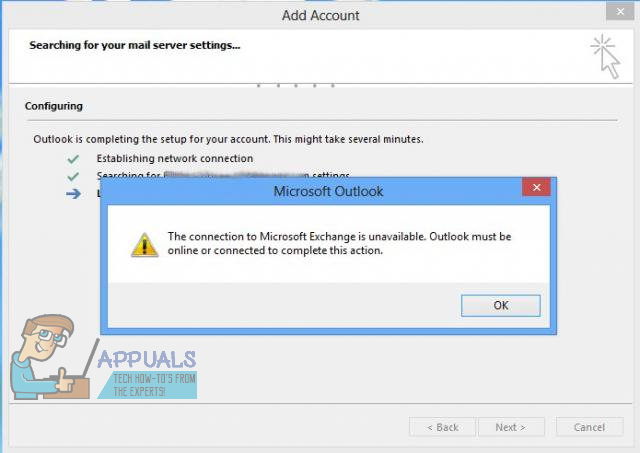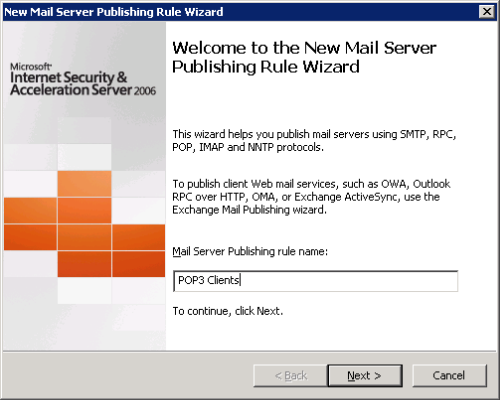




This is not only because having a pst-file is an Outlook feature, but also because the pst-file may only exist on a specific computer only. The condition is similar to the first example, but if this time the specified folder is located within a pst-file, then the rule will be marked with “On this machine only”. When Outlook is running or started again, the rule will be executed when the message is delivered to Outlook. This rule will be a client-side only rule since the action is an Outlook feature and Exchange therefore won’t be able to process this rule. If the message is moved to a folder that is located within your Exchange mailbox and the sender’s name is either in the Global Address List (GAL) or in your Contact’s folder then the rule will be a server-side rule since all the information is contained on the Exchange server itself. This might sound confusing and is probably better explained with some examples If this action/condition/exception is also dependent on a specific configuration of Outlook then the rule will get the “on this machine only” condition as well. When the rule contains an action or condition/exception that can only be performed by Outlook, then the rule turns into a client-side rule. Whether or not a rule will be a server-side or client-side rule depends on the actions, conditions and exceptions that are selected in the message. I've disabled that condition but the rule still isn't ran when Outlook is closed. It also added the condition "on this machine only" by itself. Using Exchange, I've created a rule and after I finished creating it I got a warning that the rule would be "client-only".


 0 kommentar(er)
0 kommentar(er)
